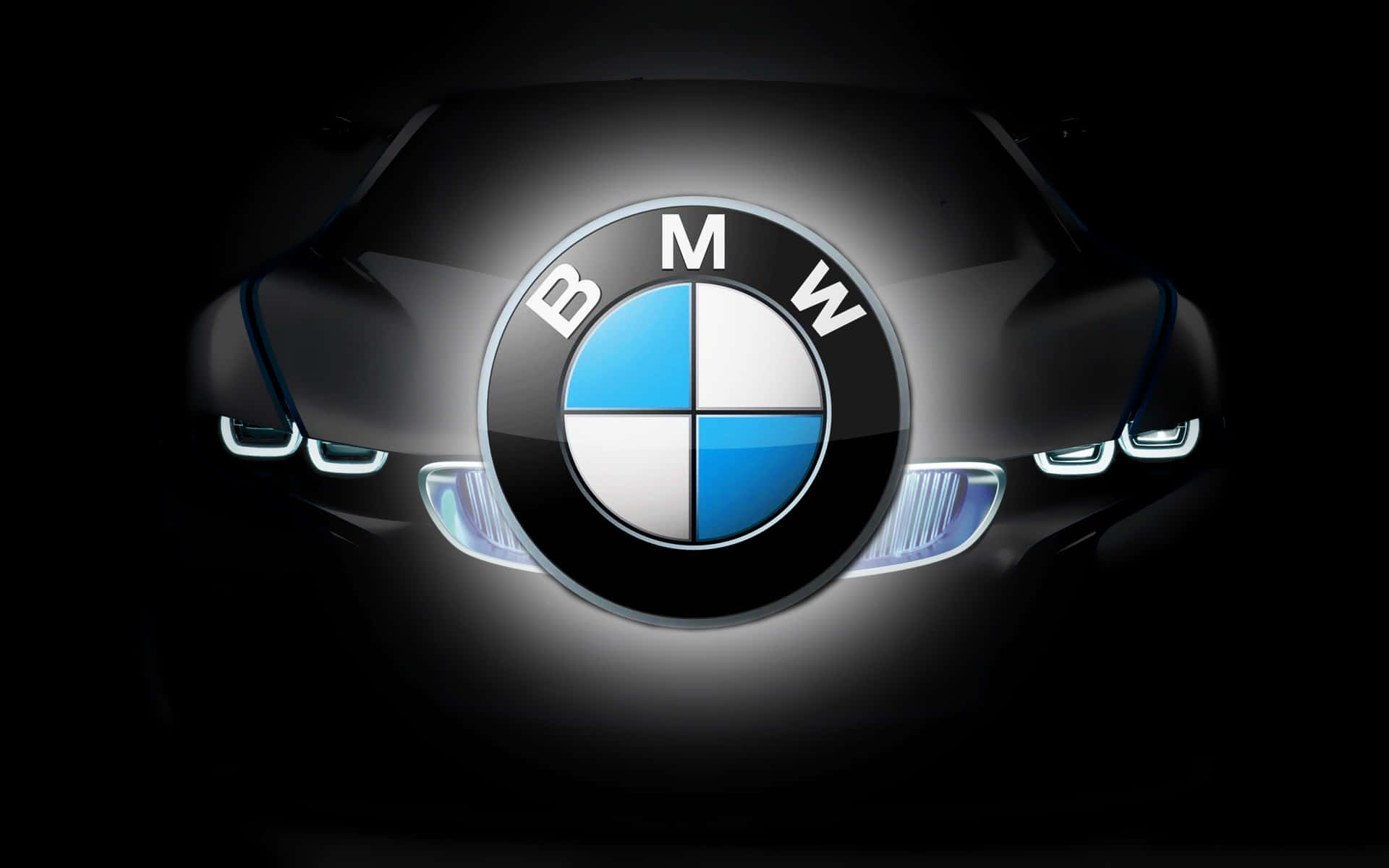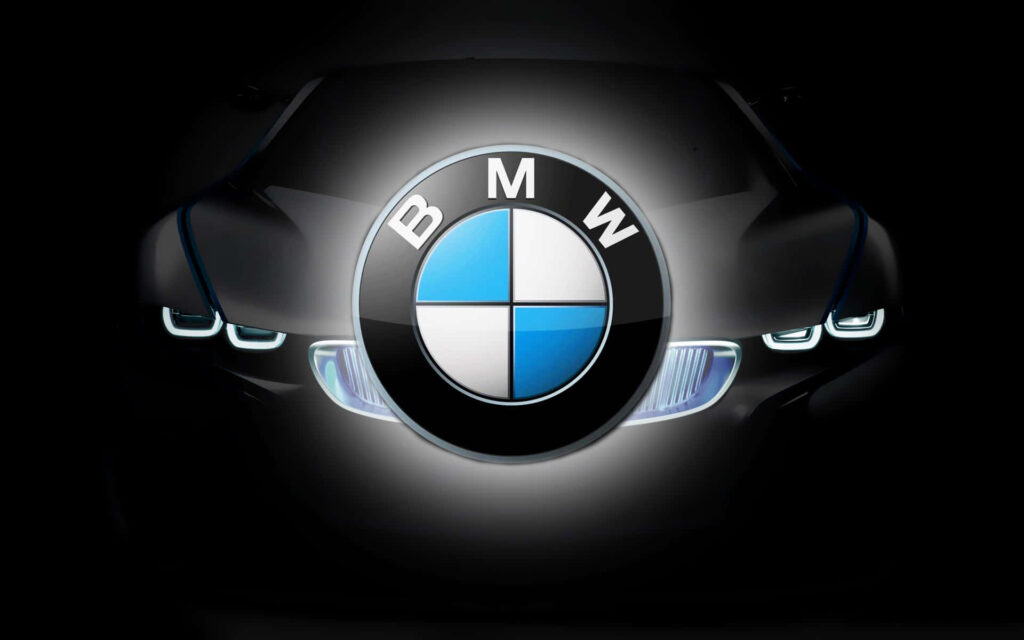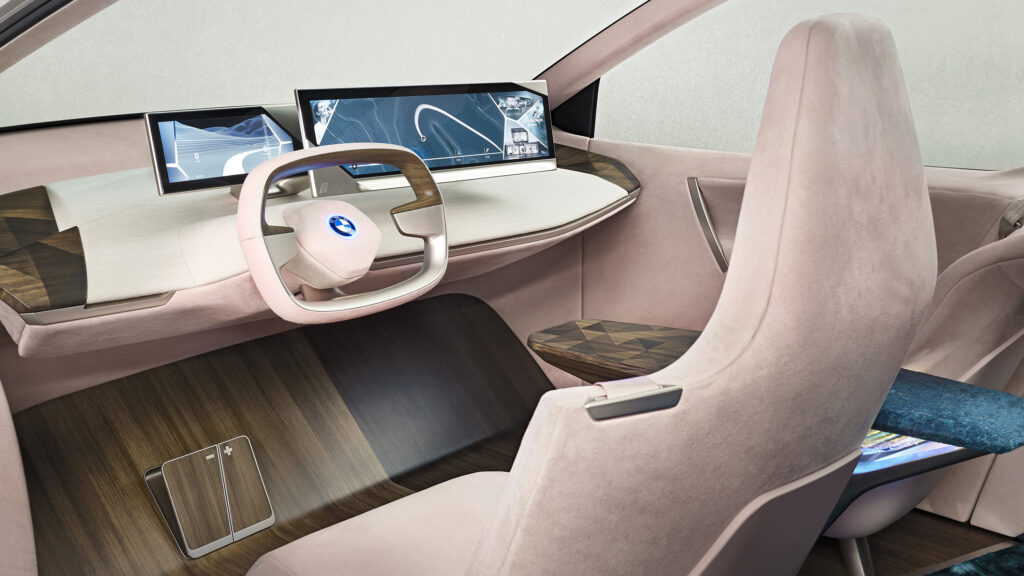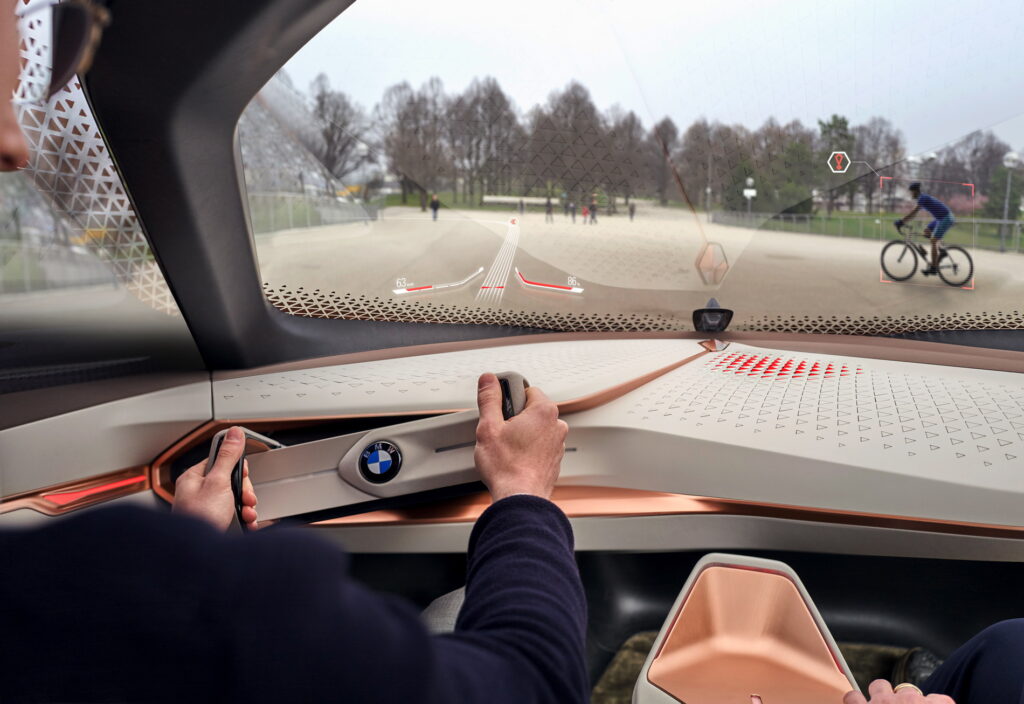Physical Address
304 North Cardinal St.
Dorchester Center, MA 02124
Physical Address
304 North Cardinal St.
Dorchester Center, MA 02124


MUNICH: BMW is poised to emulate Mercedes-Benz by offering advanced self-driving capabilities in their luxury vehicles within Germany, enabling drivers to divert their attention from the road and engage in activities such as watching videos under specific conditions.
Nicolai Martin, the manager of BMW’s division, revealed to the German business newspaper Handelsblatt, “We have obtained approval from the German Motor Transport Authority to introduce level 3 automated driving within Germany. This groundbreaking system will debut in the upcoming 7 Series later this year.”
With Level 3 automated driving, drivers can temporarily relinquish control to the vehicle’s software, freeing them from the need to constantly monitor the road. As Martin elaborated, this means they can “enjoy videos and manage emails.” However, it’s crucial for the driver to be capable of taking control again within seconds if prompted by the system.

In Germany, both Mercedes-Benz and soon BMW will offer self-driving software that can operate autonomously on highways in congested traffic or heavy congestion, with speeds of up to 60 km/h, without requiring constant attention from the driver.
BMW has yet to disclose the pricing details for this advanced automated driving system.
Notably, BMW’s CEO, Oliver Zipse, had expressed doubts about the market potential back in January during an event in Las Vegas. He emphasized the importance of reliability, stating that a Level 3 system that frequently disengages in adverse conditions such as rain, fog, tunnels, or darkness would not be desirable for customers.

However, since then, the BMW 5 Series became the first car to receive approval for partially automated driving at speeds of up to 130 km/h on German highways.
In August, the Ford Mustang Mach-E also obtained approval for semi-automated driving at similar speeds on highways.
Current driving assistance systems, categorized as Level 1 and Level 2, mostly require the driver to maintain responsibility, even though these systems can assist with steering and speed control. It is only at Level 3 that the vehicle assumes responsibility, allowing the driver to fully engage in other activities.
Ultimately, the long-term goal for automakers is to develop self-driving cars that don’t even include a traditional steering wheel, which would represent Level 5 autonomy. However, despite numerous mobility companies testing autonomous vehicles on city streets, achieving Level 5 autonomy on public roads is not expected in the near future.